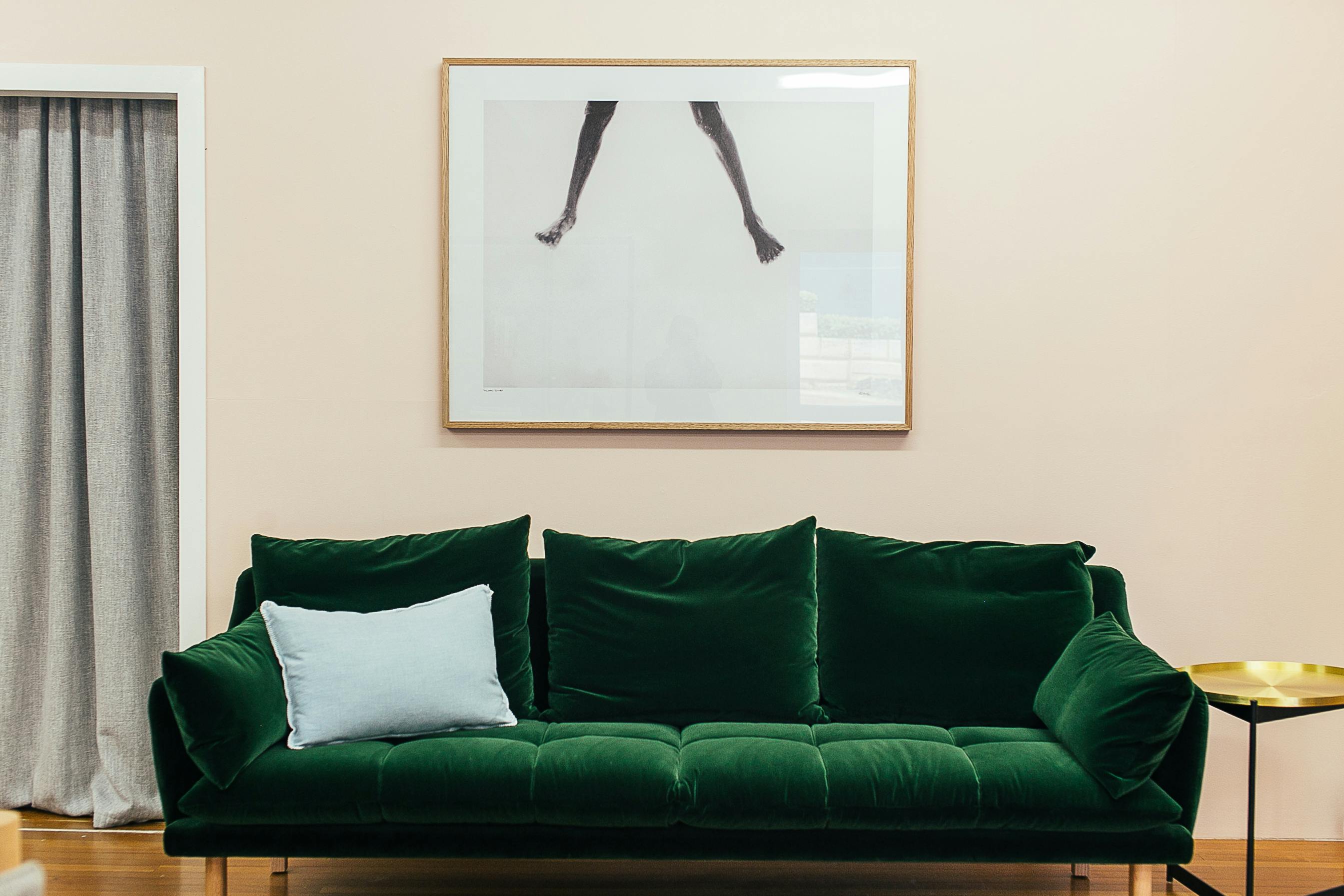
Introduction: The Sofa’s Place in Home Decor
The history of furniture is rich with design evolution and the gradual integration of these pieces into our personal spaces, shaping the way we live, work, and relax. Among all, one piece of furniture that has evolved significantly over time is the sofa. In our modern homes, a sofa adds style, comfort, and functionality, serving as the centerpiece in living rooms worldwide. This article takes you on a journey through history, exploring the evolution of sofas and their transformation over the centuries.
The Emergence: Early Stages of Sofas
The existence of sofas dates back to around 2000 BC in ancient Egypt during the Bronze Age. Sofas initially served as thrones for pharaohs and society's elites, signifying wealth and power. They were typically constructed of materials like stone or wood, displaying intricate carvings and adorned with precious gems. This period laid the foundation for the later development of sofas, setting the stage for further advancements in design, comfort, and usability.
As sofas moved further into history and into Roman and Greek civilization, they were known as "lectus." Consisting of a basic wooden frame and animal skin, they were multifunctional, serving not only as a seat but also a bed and dining area. The Roman and Greek societies embraced this utility, marking the beginning of a new era where sofas became more than just a status symbol.
The Middle Ages: The Sofa’s Role Expands
During the Middle Ages, sofas were not a common feature in every household due to their cost and the cultural preference for benches and stools. A shift occurred, however, in the higher classes where sofas began to gain popularity, especially among royalty. Not just a place to sit, these Medieval sofas became a platform for entertaining guests and displaying the rich tapestries, fabrics, and embellishments that adorned them. By the late Middle Ages, the form and function of sofas had started to closely resemble those of today.
The Renaissance: Artistic Innovation Meets Comfort
The Renaissance was marked by artistic brilliance and significant advancements in comfort. Couches with padding and upholstery started to appear, offering more comfort and refinement. With a focus on opulence and aesthetic appeal, Renaissance sofas were extravagant, made from high-end materials such as velvet, silk, and leather, and outfitted with detailed carvings and gilt finishes. The sofa was no longer a mere seat; it had transformed into a work of art.
The Modern Era: Evolution of Style and Comfort
Moving into Victorian times, sofas became even more commonplace as the industrial revolution made mass production possible. Victorian sofas featured dramatic silhouettes, extensive ornamentation, and luxurious fabrics. The invention of the coil spring in 1830 improved comfort levels significantly, placing more emphasis on relaxation.
The 20th century saw further drastic changes in sofa designs. With the rise of modernism in the mid-century, sofas took on sleek, simple designs with minimalistic aesthetic and emphasis on form meeting function. The advent of new fabrics like polyester and foam cushioning improved durability and comfort, making sofas an integral part of every home.
Conclusion: The Sofa’s Journey – Then and Now
Looking back at the evolution of sofas throughout the ages, we see a clear progression from a simple seating option to an essential piece of home decor representing comfort, style, and design. Even as tastes and preferences evolve, and as design innovations continue to transform furniture, the sofa remains a timeless piece with deep-rooted cultural value. From the stone constructions of ancient Egypt to the sleek, modern designs of the 21st century, the evolution of sofas mirrors the growth of society – its values, aspirations, and lifestyle transitions.
As designers continue to push boundaries, futurizing the concept of sofas, the journey of this staple furniture piece is far from over. Whether you're a furniture enthusiast, interior designer, or someone curious about history, one can't deny the unique thrill and intrigue that comes from exploring the rich heritage of sofas and their role in transforming our living spaces.